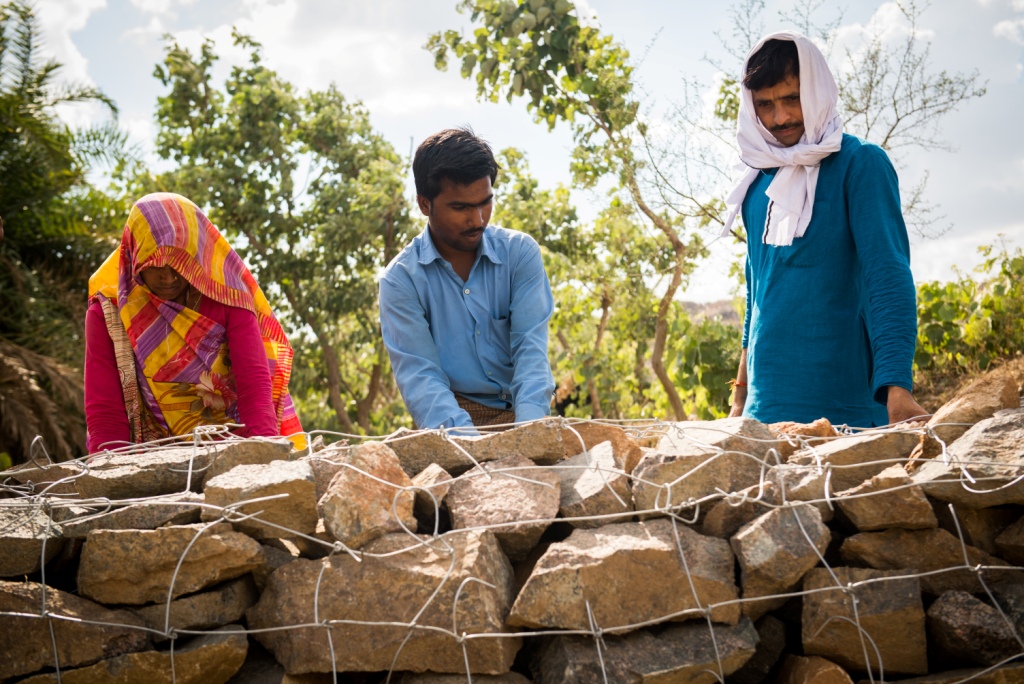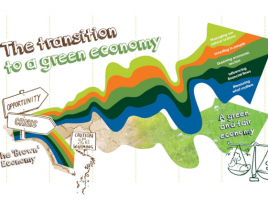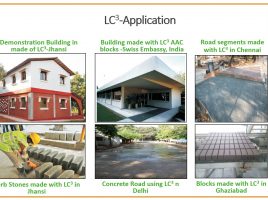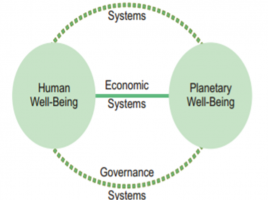Strategic Choices in Human Development for ‘Green’ India
The Economic Survey of India 2016-17 tabled in the parliament last month has given a sharp focus to ‘distinctive Indian demography’. It shows that India’s working age population will continue to grow for another 2-3 decades, and perhaps the growth will peak by mid 2020s. More interestingly, it further shows that there are two distinct Indias in terms of demography—peninsular states (West Bengal, Kerala, Karnataka, Tamilnadu & Andhra Pradesh) that have begun to show increase in ageing population and other are the Hinterland states (Madhya Pradesh, Rajasthan, Bihar & UP) that will continue to have younger, working age population growing over the next 10-15 years.
What does this imply for investing in people?
The same report also highlights rapid migration from rural to urban areas of the country. This migration is likely to double in next 5-10 years, reaching a figure of nearly 20 million. And, hinterland states, including Jharkhand & Chhattisgarh, and hill states are prime suppliers of labour force for this migration.
What does this imply for human development policies?
Several initial strategic choices may be derived from the above, if the paradigm of India’s future economic development is to be made ‘green’.
First, hinterland states (and districts) account for bulk of the green forest cover, taken along with hill states. Rich diversity of natural resources of the country is found in these regions. The population of these states is younger, more dynamic and likely to remain economically productive for many decades. As a result, the youth population of hinterland and hill states are likely to out-migrate in much larger numbers to other regions and cities.
Is there, therefore, a policy imperative to find ways in which the youth of these regions find meaningful livelihoods around the forest and other natural resource base abundantly available there?
Or, let the market decide, and no shift in policy is desirable?
Second, a substantial proportion of India’s tribal population of 100 million resides in these hinterland states. Their habitations and livelihood practices, including water conservation, agriculture and allied activities, have largely ‘preserved’ the ecological diversity and ‘richness’ of those natural resources. Many of these practices have now been certified to be ‘scientific’ knowledge, and UNESCO has given a call for systematisation and upgradation of indigenous knowledge as a contribution to sustainable development of planet earth. However, tribal youth of these regions are not much interested in staying there, and constitute a large proportion of out- migrants; they also tend to devalue such knowledge and practices of their communities, considering them ‘traditional’ and outdated.
Should this imply a policy imperative that incentivises learning of such knowledge and skills in the modern context of certification, accreditation and degrees? Or, no actions are required?
Third, these hinterland states and regions where tribal communities reside are also sources of rich minerals underground. In the drive for rapid economic development, exploitation of these minerals has resulted in a series of intractable conflicts and violence. A situation of stagnation has been so created that local communities do not want to invest in their own lands, fearing displacement. Private financial investment has slowed, and got stuck in litigation and bureaucracy. Large parts of very ‘green’ natural resources are not being taken care of, either for present livelihood or for future regeneration.
Should this require a new set of policy instruments that co-incentivise local and national use of such resources for both the present and the future?
In light of the foregoing, current policies and programmes of the government require a re-think, if future of Indian economy is to be ‘green’.
First policy that needs such rethink is the Skill India Mission. Its entire premise is to skill the youth to work in industrial and service sectors of the economy, not the agriculture and natural resource based economy. Skills training for organic agriculture, water harvesting, social forestry etc. is being given very little attention and resources when compared to skills training for plumbers and electricians.
Another policy that needs radical rethink is that related to Start-up and Entrepreneurship. The entire attention here is on IT-based enterprises. Can there be no successful start-up without IT? Is IT a means to productivity and efficiency or is it an end in itself? When will tribal youth of hinterlands be supported over time to create new locally sustainable enterprises catering to local markets?
Finally, our current policy of post-secondary education needs a thorough revamp to make education and research relevant to society. Currently, we produce graduates (including engineering, accounting & management ones) who are neither employable nor prepared to take risks for local entrepreneurship. Why should curriculum of a programme in Sarguja be the same as being taught in Mumbai? Why should learning of technology be only in the labatoury, and not in real world?
Investment in our youth is essential for harvesting the demographic dividends in future. Current policies, programmes and funding mechanisms do not incentivise human resource development for a ‘green’ India. People make choices, and learning by it prepares people to make sensible, sustainable and future-oriented choices. Therefore, investment in learning about ecological diversity, natural resource regeneration and sustainable livelihoods is critical if the present policies and programmes have to be ‘re-freshed’ for ‘green’ India.
Dr Rajesh Tandon
rajesh.tandon@pria.org
Dr Rajesh Tandon is the Founder-President, Participatory Research in Asia (PRIA), New Delhi and is also the UNESCO Chair on Social Responsibility of Higher Education.
The views expressed in the article are those of the author’s and not necessarily those of Development Alternatives.
__________________________________________
Reference:
http://www.insightsonindia.com/wp-content/uploads/2017/01/Economic-Survey-2016-2017.pdf







Leave a Reply